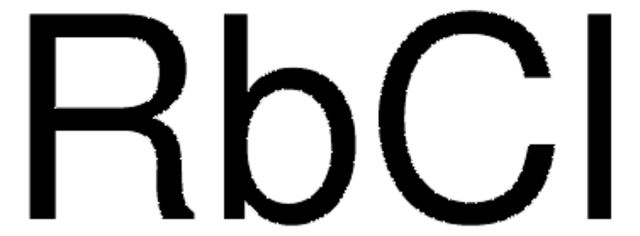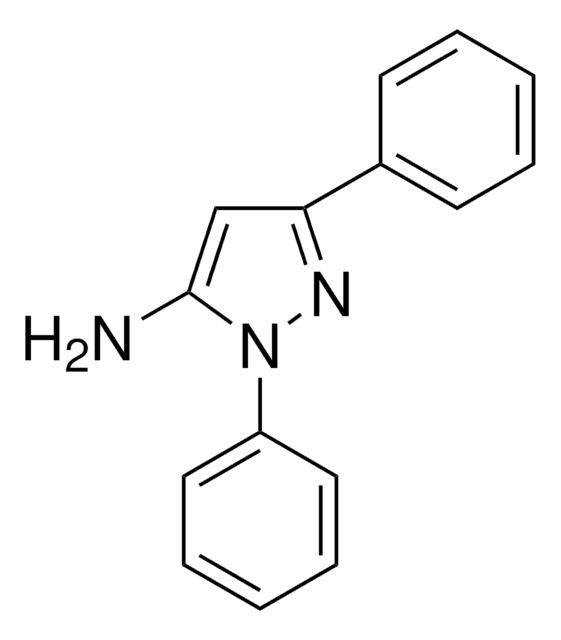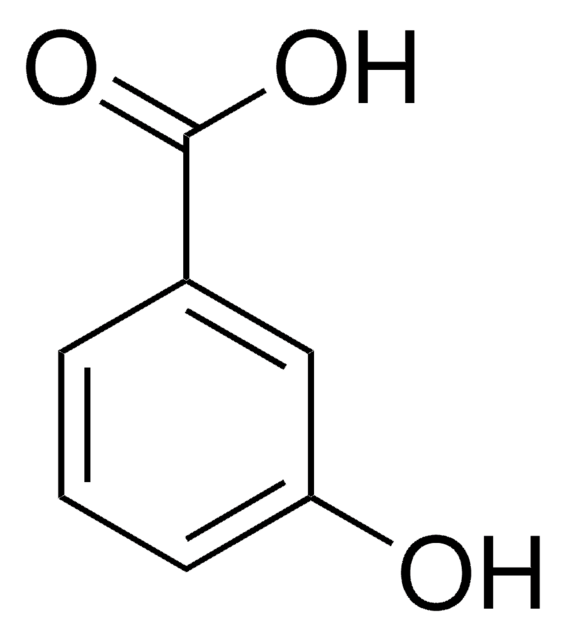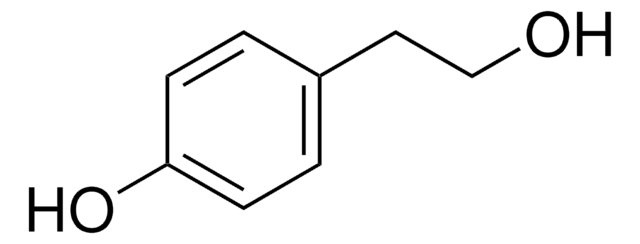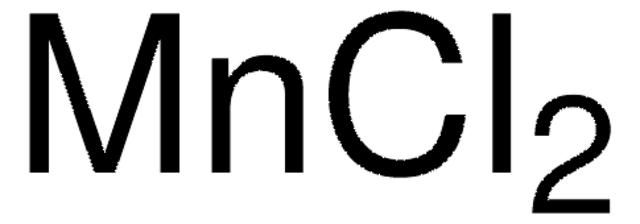204250
Rubidium chloride
99.95% trace metals basis
Sinónimos:
Rubidium monochloride, Rubidium(1+)chloride
Iniciar sesiónpara Ver la Fijación de precios por contrato y de la organización
About This Item
Fórmula lineal:
RbCl
Número de CAS:
Peso molecular:
120.92
EC Number:
MDL number:
UNSPSC Code:
12352302
PubChem Substance ID:
NACRES:
NA.23
assay:
99.95% trace metals basis
form:
powder and chunks
Productos recomendados
Quality Level
assay
99.95% trace metals basis
form
powder and chunks
impurities
≤550.0 ppm Trace Metal Analysis
mp
715 °C (lit.)
density
2.8 g/mL at 25 °C (lit.)
SMILES string
[Cl-].[Rb+]
InChI
1S/ClH.Rb/h1H;/q;+1/p-1
InChI key
FGDZQCVHDSGLHJ-UHFFFAOYSA-M
¿Está buscando productos similares? Visita Guía de comparación de productos
Application
- A Study on the Removal of Impurity Elements Silicon and Zinc from Rubidium Chloride by Vacuum Distillation: This research focuses on the purification of rubidium chloride from impurities like silicon and zinc, which is crucial for maintaining the quality and effectiveness of this compound in various applications (Cui et al., 2024).
- Effect of a Rubidium Chloride Carrier Confinement Layer on the Characteristics of CsPbBr3 Perovskite Light-Emitting Diodes: This article explores the impact of rubidium chloride as a confinement layer in light-emitting diodes, enhancing the performance of these devices, relevant for chemists working on advanced materials and electronic devices (Li et al., 2022).
- Rubidium chloride modulated the fecal microbiota community in mice: This research assesses the effects of rubidium chloride on the fecal microbiota in mice, providing insights that could be useful for studies related to gut health and its impact on overall well-being (Chen et al., 2021).
Storage Class
11 - Combustible Solids
wgk_germany
WGK 2
flash_point_f
Not applicable
flash_point_c
Not applicable
ppe
Eyeshields, Gloves, type N95 (US)
Elija entre una de las versiones más recientes:
¿Ya tiene este producto?
Encuentre la documentación para los productos que ha comprado recientemente en la Biblioteca de documentos.
Los clientes también vieron
Grazyna Bystrzejewska-Piotrowska et al.
Journal of environmental radioactivity, 99(7), 1185-1191 (2008-03-18)
Ex vitro cultures of Pleurotus eryngii were carried out under controlled conditions using sterile medium composed of barley seeds. The influence of alkali and alkaline earth element salts (CsCl, KCl, NaCl, RbCl, and CaCl(2)) and tetraethylammonium chloride on incorporation of
Eiichi Takayama et al.
Journal of molecular and cellular cardiology, 37(2), 483-496 (2004-07-28)
We previously demonstrated that pinacidil does not affect Na(+)(i) accumulation, cellular energy depletion, or acidosis during myocardial ischemia, but dramatically improves the cationic/energetic status during reperfusion. We investigated the role of this latter effect in K(ATP) channel-induced cardioprotection. Employing (23)Na
Amer Alam et al.
Nature structural & molecular biology, 16(1), 30-34 (2008-12-23)
We report the crystal structure of the nonselective cation channel NaK from Bacillus cereus at a resolution of 1.6 A. The structure reveals the intracellular gate in an open state, as opposed to the closed form reported previously, making NaK
Balasundaresan Dhakshnamoorthy et al.
Journal of molecular biology, 396(2), 293-300 (2009-11-26)
The OmpF porin from the Escherichia coli outer membrane folds into a trimer of beta-barrels, each forming a wide aqueous pore allowing the passage of ions and small solutes. A long loop (L3) carrying multiple acidic residues folds into the
Takuro Hayashi et al.
Acta crystallographica. Section F, Structural biology and crystallization communications, 65(Pt 10), 1007-1010 (2009-10-24)
Small heat-shock proteins (sHsps) bind and stabilize proteins denatured by heat or other stresses in order to prevent unfavourable protein aggregation. StHsp14.0 is an sHsp found in the acidothermophilic archaeon Sulfolobus tokodaii. A variant of StHsp14.0 was crystallized by the
Nuestro equipo de científicos tiene experiencia en todas las áreas de investigación: Ciencias de la vida, Ciencia de los materiales, Síntesis química, Cromatografía, Analítica y muchas otras.
Póngase en contacto con el Servicio técnico